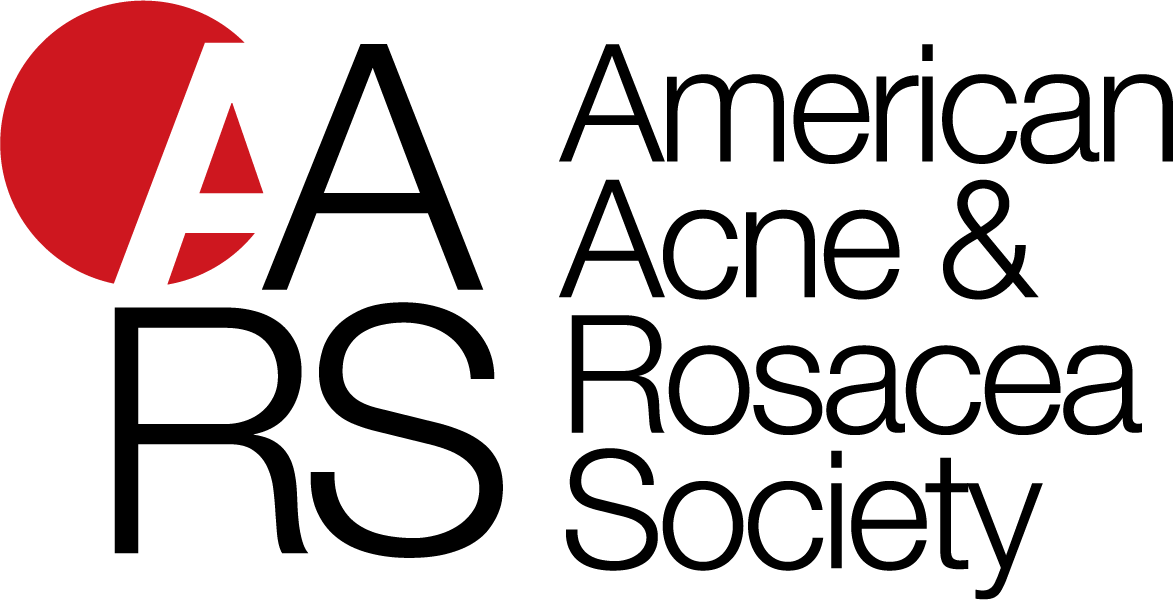Natanel Jourabchi, MD
John Hopkins School of Medicine, Department of Dermatology
Baltimore, MD
2016 Research Grant Recipient
Investigation of polymorphisms in the androgen receptor gene and clinical associations in patients with Hidradenitis suppurativa (Acne inversa)
Abstract
Hidradenitis Suppurativa/Acne Inversa (HS/AI) is a chronic, often debilitating, recurrent inflammatory disorder of the hair follicles in anatomic areas rich with apocrine glands, whose pathophysiology is not yet completely understood. A family history of HS/AI is reported by about one-third of patients, with γ-secretase mutations found in a minority of patients and recent findings that certain gene polymorphisms are associated with a predisposition to HS/AI, suggesting that the disease is polygenic in nature and that certain polymorphisms may affect the risk, severity, phenotype and/or response to specific therapies in HS/AI.
The observation of female predominance, largely post-pubertal onset, premenstrual HS flares in some patients, rarity of disease post-menopause, and some reports of improvement of HS/AI in pregnancy suggest that hormonal influences are a contributory factor in the pathogenesis of the disease. In addition, the observed therapeutic benefit of anti-androgens in some patients with HS/AI and reports of precipitation or worsening of HS/AI in some patients treated with oral contraceptives containing androgenic progestins supports the negative role of androgens or activation of the AR in HS/AI. Over the years, investigators have found no differences in levels of plasma testosterone and dehydroepiandrosterone sulfate between patients with HS/AI and control subjects, after matching for BMI and hirsutism. Additionally, studies have shown no differences in the activity of three peripheral androgen-converting enzymes in apocrine glands from the axilla of HS/AI patients compared with controls, and no significant difference in the expression of androgen or estrogen receptors in skin biopsies of apocrine glands in patients with HS/AI compared with control subjects.
We hypothesize that overactivation or enhanced sensitivity of the AR, rather than increased circulating androgen levels or increased AR expression, may play a role in the development, observed hormonal associations and disease course of HS/AI. Better understanding of the AR and its relation to HS/AI is important and can help contribute to better understanding of the pathophysiology of HS/AI and other inflammatory conditions, which is required before advancements can be made in novel diagnostic and therapeutic modalities.




